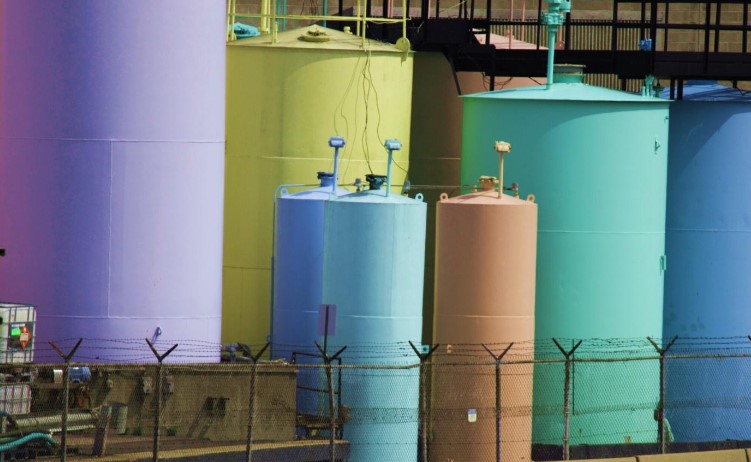How to Choose Water Storage Tanks: The Complete Guide for Businesses
Beyond the extreme weather events that light up newsreels, climate change is making rainfall unpredictable.
Urban water supplies are growing unreliable. Over the last 20 years, drought has affected more than 1.4 billion people globally.
Water storage is important – and more businesses need water storage tanks than you think.
Keep reading to learn how to choose water storage tanks that suit your needs.
Which Businesses Need Water Storage Tanks?
Water storage tanks help businesses ensure a steady supply of water. This is vital during times of drought or water scarcity. They’re used across all kinds of industries, including:
- Agriculture
- Industrial operations and manufacturing
- Commercial establishments
- Construction sites
Farms need water storage tanks for irrigation and livestock. Manufacturing plants need large volumes of water for cooling, cleaning, and production.
Commercial establishments (like hotels and restaurants) need a lot of water, too. The uses range from landscaping to providing drinking water. Construction sites need water to mix concrete and provide for on-site employees.
Businesses in disaster-prone areas may need water storage tanks to ensure supply during a crisis.
Types of Water Storage
There are two types of storage tanks.
Above-ground tanks are easy to install and cost-effective. These tanks can be elevated (water towers) to maintain water pressure.
Underground tanks are perfect for businesses with limited storage space. They’re also ideal for those looking for a discreet water storage solution.
How To Choose Water Storage Tanks for Your Needs
We’ll talk about comparing storage tank costs below. Yet cost isn’t the only factor in the equation. Your business needs to think about:
- Water Capacity
- Storage tank materials
- Maintenance needs
- Environmental impacts
The storage capacity is a crucial consideration. It determines how much water is stored at any one time – and how much can be kept in reserve. Consider the availability of water to estimate your capacity needs.
The materials used will influence the shelf life of your water storage tanks. Steel, plastic, and concrete are all common. In the end, the choice of material depends on your priorities.
Steel and concrete are durable, yet expensive options.
Plastic is cheaper upfront. Yet it’s not suited to high-pressure applications. This company provides storage tanks for all applications on the market.
To that end, think about the maintenance needs of your storage tanks. Cleaning, inspection, and health regulations all factor into maintenance costs.
You should also consider the environmental impact of your tanks. Recycled materials can offer tax credits for green businesses. Planning for environmental changes for long-term storage can save you money.
Comparing Storage Tank Costs
The costs of your water storage are comprised of three elements:
- Upfront costs
- Maintenance costs
- Operational costs
The tank itself, its installation, and extra features all influence the initial costs. Underground and elevated tanks, for instance, are more expensive to install.
Regular maintenance is essential to ensure your storage tank functions as intended. And Energy consumption and water treatment costs will determine operational expenses.
When comparing expenses, contrast upfront and long-term costs. This helps you select the option that best fits your budget.
Choose Right the First Time
Contrast your immediate budget with long-term costs to make the right choice. Consider how much you’re willing to spend on installation and maintenance.
Plan for sustainability to choose the water storage tanks your business needs.
Did you find our article helpful? Click here to check out others in our business category.













